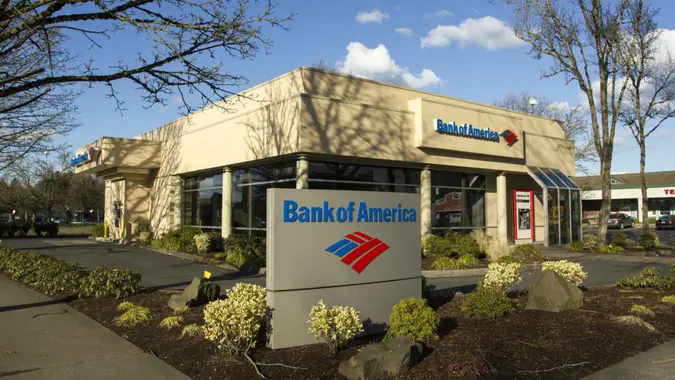3 Retirement Withdrawal Changes That Could Cost You Big If You Follow Them

Commitment to Our Readers
GOBankingRates' editorial team is committed to bringing you unbiased reviews and information. We use data-driven methodologies to evaluate financial products and services - our reviews and ratings are not influenced by advertisers. You can read more about our editorial guidelines and our products and services review methodology.

20 Years
Helping You Live Richer

Reviewed
by Experts

Trusted by
Millions of Readers
Rules around yearly withdrawals, or required minimum distributions (RMDs), can not only be very confusing, but even end up costing you a lot of money. In addition, the SECURE 2.0 Act, signed into law in December 2022, is contributing another layer of confusion.
RMDs are the minimum amounts you must withdraw from your retirement accounts each year. You generally must start taking withdrawals from your 401(k) plans, 403(b) plans and 457(b) plans, according to the Internal Revenue Service (IRS). In addition, the RMD rules also apply to traditional IRAs and IRA-based plans such as SEPs, SARSEPs, and SIMPLE IRAs.
The RMD rules do not apply to Roth IRAs while the owner is alive. However, RMD rules do apply to the beneficiaries of Roth 401(k) accounts, per IRS guidance.
Age Changes
RMDs depend on age, which have changed as part of the SECURE 2.0 law. The age at which owners of retirement accounts must start taking RMDs increased to 73 from 72, starting Jan. 1, 2023. The SECURE 2.0 also pushed the age at which RMDs must start to 75 starting in 2033, according to Fidelity.
And as CNBC reported, the RMD rules for inherited individual retirement accounts are even more complicated, prompting the IRS to waive penalties for missed RMDs over the past couple of years.
“They’re crazy,” IRA expert and certified public accountant Ed Slott, told CNBC while describing the new RMD rules. “You shouldn’t need an engineering degree to figure it out.”
According to CNBC, you must take your first RMD by April 1 of the year following the year you turn 73, and if you turn 72 in 2023, you can delay RMDs until age 73. But if you turned 72 in 2022, you need to take your 2022 RMD by April 1, 2023, and your 2023 RMD by year-end.
Required Deadlines
According to the IRS, if an account owner fails to withdraw the full amount of the RMD by the due date, the amount not withdrawn is subject to a 50% excise tax. Yet, SECURE 2.0 dropped the excise tax rate to 25%. What’s more, this could further decrease to possibly 10% if the RMD “is timely corrected within two years,” according to the IRS.
CNBC noted that you can request a penalty waiver from the IRS by filling out Form 5329 and attaching a letter of explanation. But there’s no guarantee the IRS will agree to waive the fee, Slott noted to CNBC.
RMDs Eliminated for Roth 401(k)
CNBC reported that starting in 2024, investors in employer retirement plans such as Roth 401(k)s will no longer have to take RMDs, a change which aligns Roth 401(k) with Roth IRAs — which don’t require distributions during one’s lifetime.
“That discrepancy was a big reason for Roth 401(k) owners to roll money out of their workplace retirement plan to a Roth IRA — thereby avoiding RMDs and allowing retirement funds to continue growing tax-free,” according to CNBC.
More From GOBankingRates
 Written by
Written by  Edited by
Edited by 

























